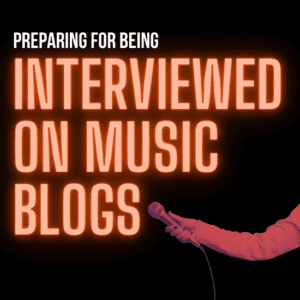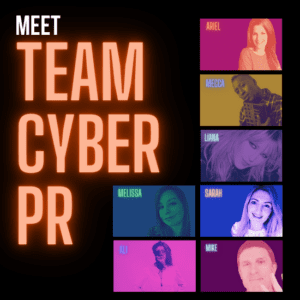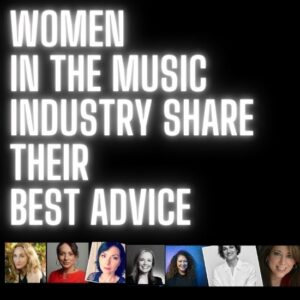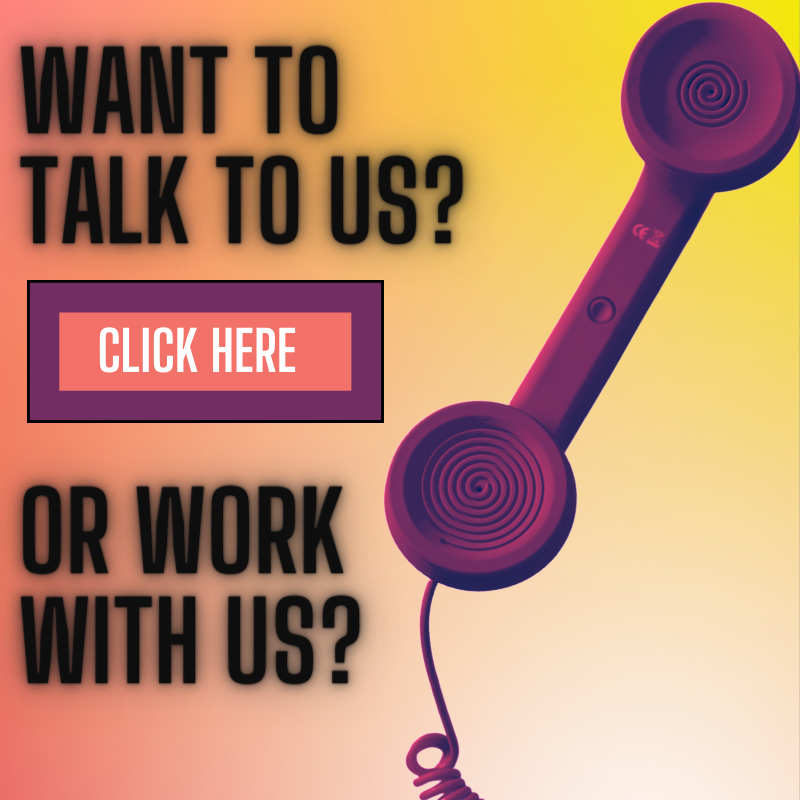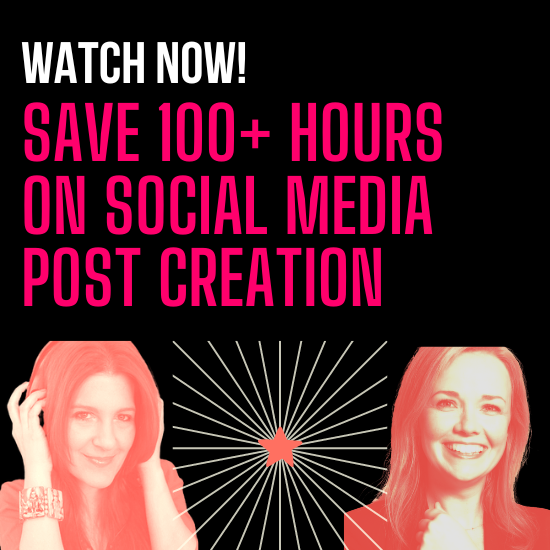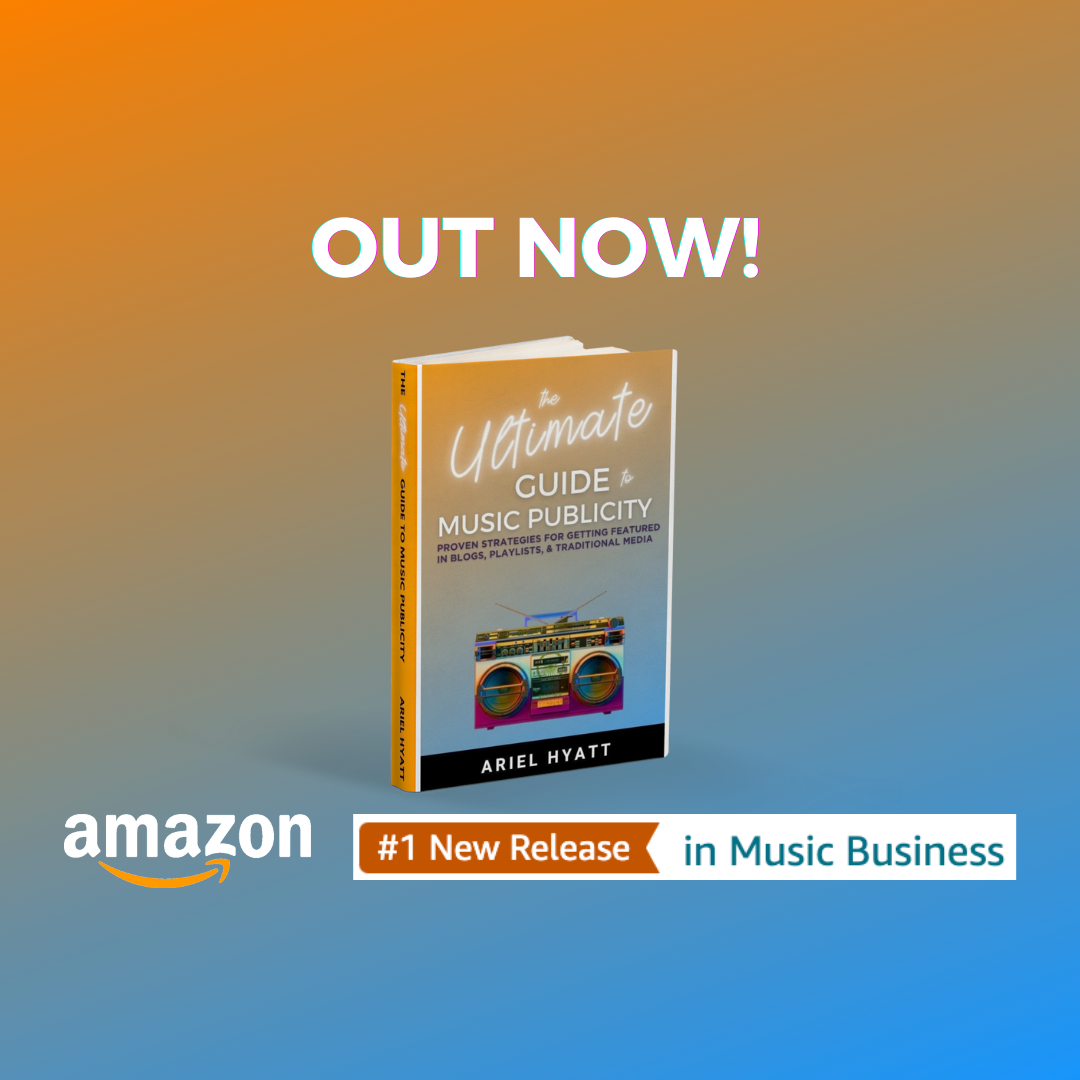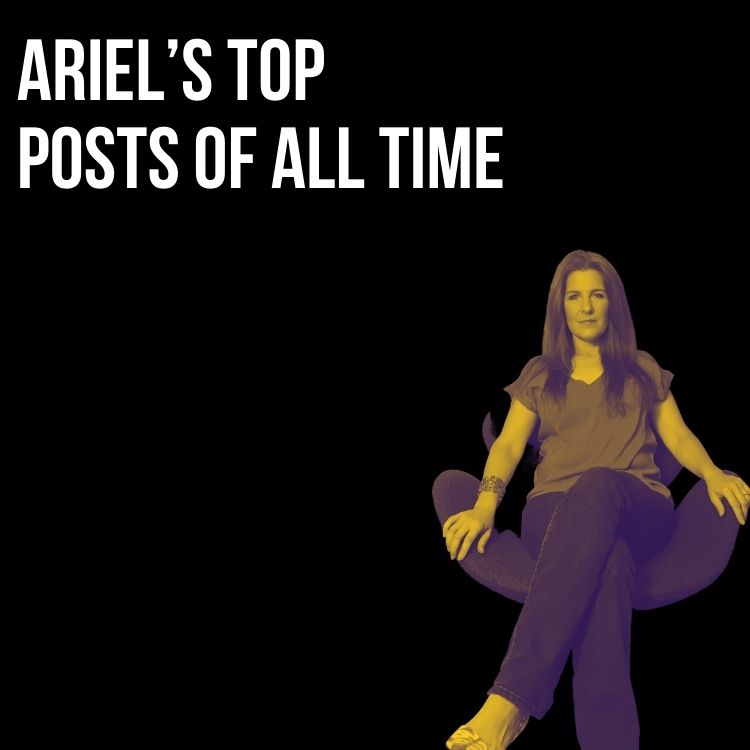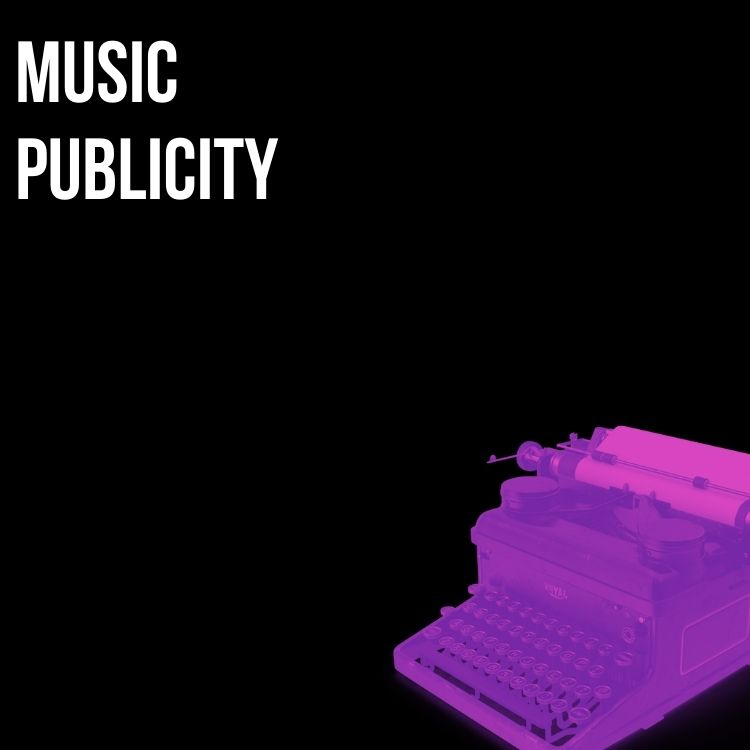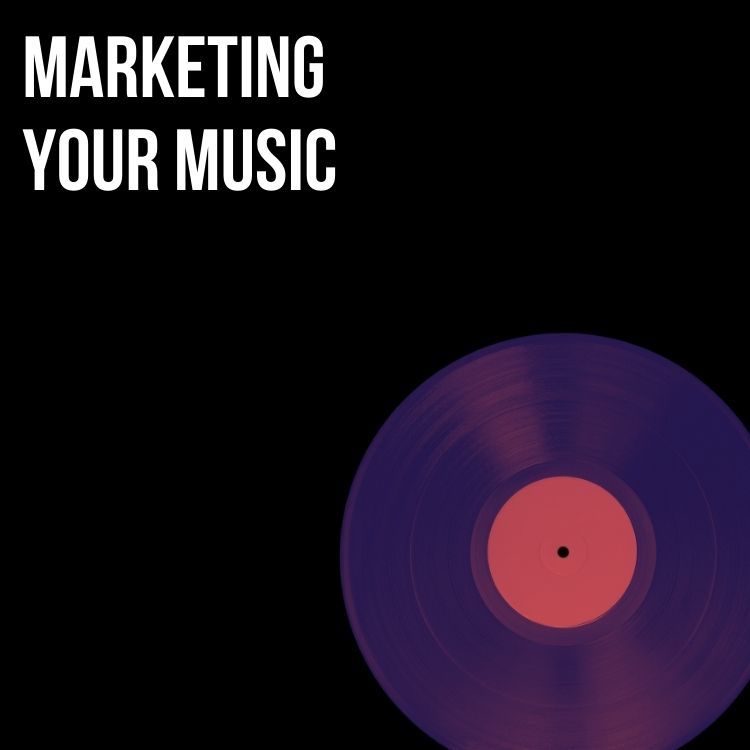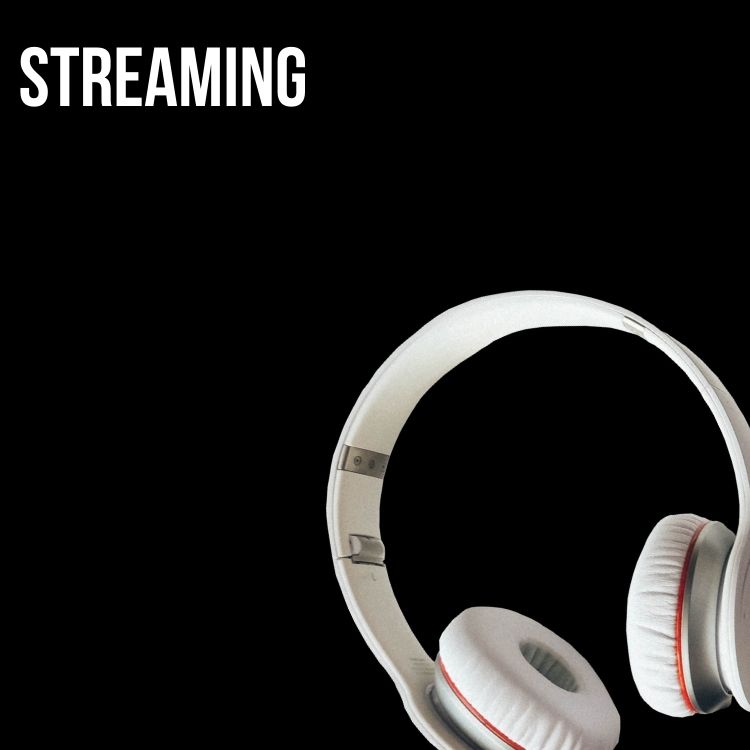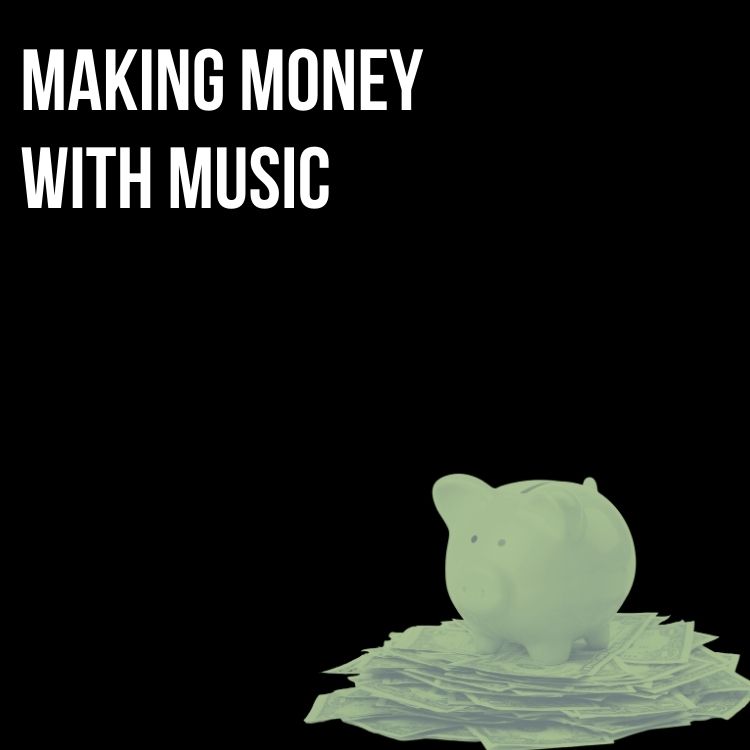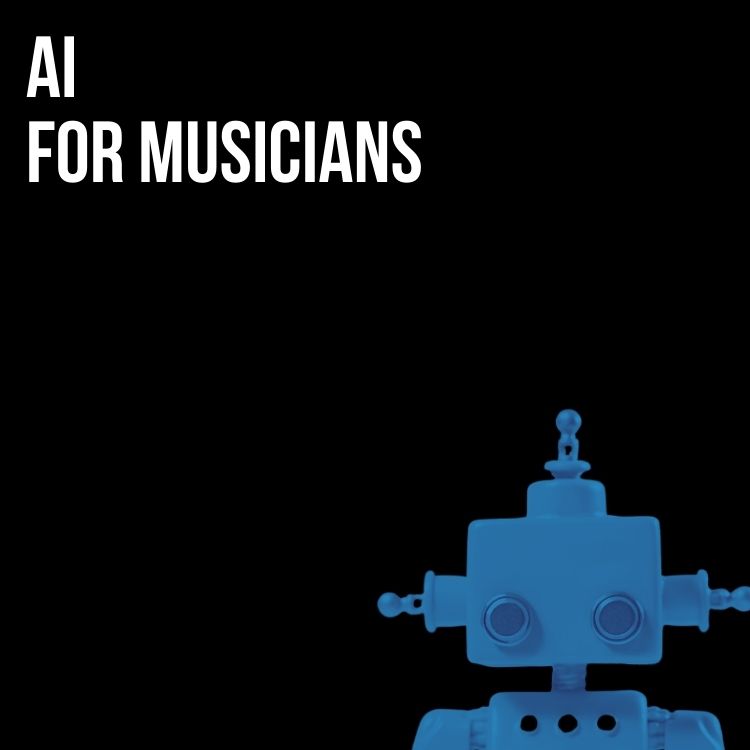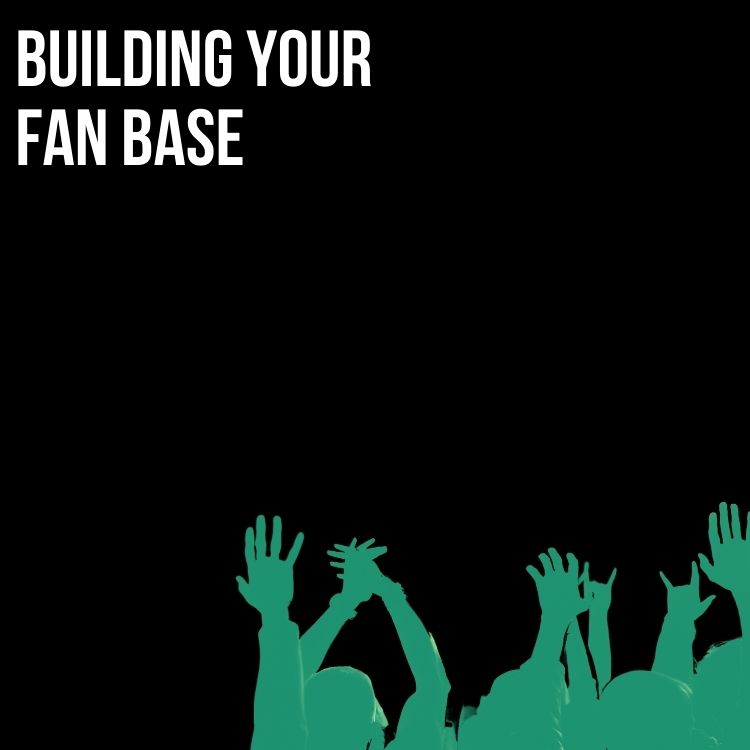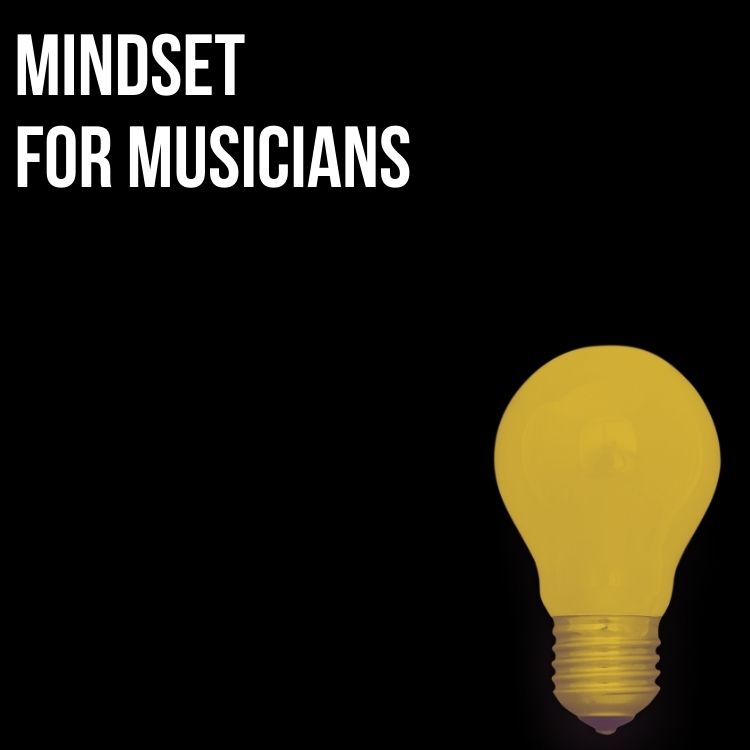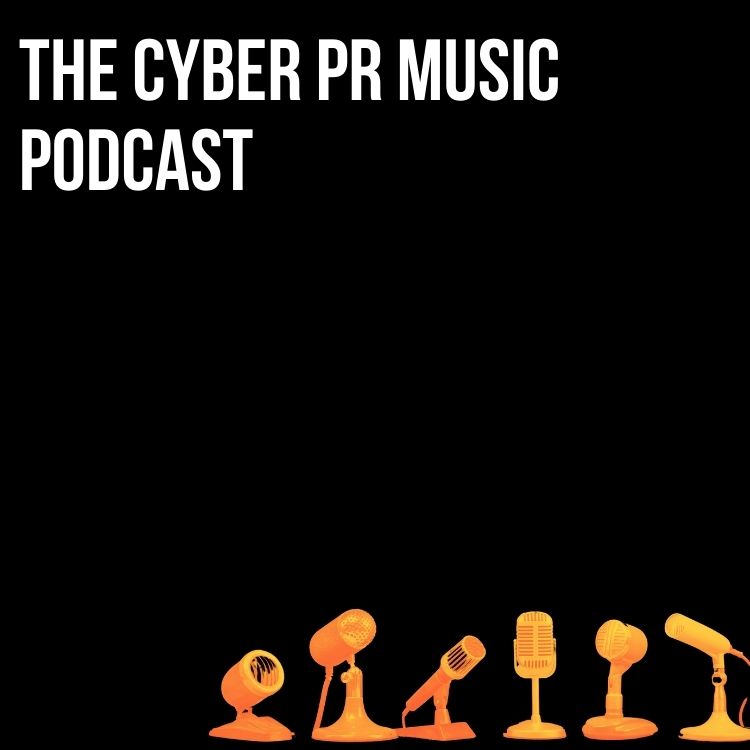Corey Denis is a woman I admire deeply. She and I have an interesting history. She worked at What Are Records? the label I started out at. But she arrived after I had already left, so we never actually had the pleasure of working together during the time. Corey is nothing short of a genius at marketing bands and artists.
She is brilliant because she thinks about both sides of the fence from the both the artists and the fans perspective.
I’m thrilled that she was willing to be interviewed for this piece. Enjoy her responses.
1. Why is it important that artists participate in social media?
At the very least, learning how to participate in social media will give artists a chance to take advantage of new online tools, which may actually enhance their current projects. Singles, videos and tour dates can be released via new outlets, fans (new and old) will have a new method of communication with artists, and artists will have a new set of tools by which to market their craft. In the face of both an unstable music economy and the evolution of the new music economy
2. Name 10 sites you think all artists should have a presence on?
– myspace
– twitter
– facebook
– youtube
– flickr
– ning (network)
– imeem
– blogger (so you can comment on other blogs)
– vimeo
– qik
3. Do you think it’s important for artists to be on as many sites as possible all over the Internet, or should they be selective and only sign up to the ones that they are actively using?
It can’t hurt to have a profile on as many sites as possible, but if you don’t sign in or know how to use the networks, or understand how to integrate all the sites together, then the profile will not automatically generate any exposure for you other than the top tier of popular artists who sell millions of records per month. An artist could viably create 50 profiles and optimize search-ability online, but it’s crucial to consider what a person will find once they get to the profile. I advise artists to start with 3 networks and to use & manage them correctly and actively, or hire someone who can do it – then increase to 5, 10 and so on.
4. What would your recommendations be for the busy artist that only has 30 minutes a week to dedicate to social media?
Set aside a small budget to hire someone to help, and treat them like an additional band member. If you only have 30 minutes to spare then the concept of “your time is money” should make sense to you – and if you want to sell music online and are not Britney Spears, it’s worth your time & money to bring on this additional band member to increase your visibility, discoverability and sales online.
5. How can an artist save time by using widgets, and which ones would you recommend?
Widgets are time savers if you know how to create and use them. They enable fans to spread information more easily. The only task at hand is to copy-paste-embed on a website or as a blogpost. Think of a widget as a mini web page that can be embedded on a larger web page, or somewhere in a social network. I am a fan of the Sprout widget but since most social networks and services offer widgets i recommend simply finding one that you like best and then putting it up on your website, myspace page and facebook page. Then email your fans with the embed code and invite them to spread the word.
6. What’s the best way for an artist to get blogged about?
There are no guarantees. However, I advise indie publicists and artists who are brave enough to do their own publicity to develop a relationship with bloggers by reading their blogs, learning more about their taste and then you can write to them individually to let them know why you think they might be interested in your music. In addition, start your own blog, build a blogroll, and link to your favorite blogs.
7. Do you think artists should focus on getting played on Internet radio? Or has the scare with the RIAA stopped most Internet radio programmers in their tracks?
Internet radio is very important if you want to be heard online. Terrestrial and online radio stations have to pay for the right to use your copyrighted art on their stations. The focus of the RIAA is not to stop the existence of Internet radio, but to hold “interactive” internet radio as well as large venture funded internet radio stations accountable for higher rates. In other words, the RIAA and Sound Exchange are claiming to fight for the rights of artists and get artists paid for large amounts of airplay.
Unfortunately there are largernternet radio channels with over 20 million listeners who are actually squeezing out the smaller webcasters by claiming that they (the large stations) are also small. There are two (or more) sides to this now-famous issue and their arguments (and lawsuits) are not ending anytime soon. I highly recommend to all artists that they push for airplay online the same way you might have pushed for airplay on terrestrial radio 10 years ago. I support webcasters and strongly advise all artists to treat webcasters like they are KROQ. Know which stations are playing what genres, know the DJs, and send them music appropriately. get airplay! Then promote those stations on your website and fanlists/ emails. Support their cause to stay alive and share the love. (note: in the music industry radio play and promotion is commonly referred to as “love”) 🙂
8. When consulting with a band or an artist, what do you do for them that helps them sell more music online? How do you quantify your results? How can they?
When i consult with bands, labels and artists, I strategize digital presence. Simply creating a facebook or myspace page or a twitter account does not sell music. But learning to use these tools can greatly increase exposure and eventually sell music. In addition there are creative ways to utilize each network to target fans and potential fans. Usually none of this can be quantified financially until at least 3 months after the onset of a campaign. However, there are many numbers revealing exposure such as how many followers, fans or streams an artist accrues over a three-month period. With full engagement, I have yet to see an artist flounder when they know how to utilize the tools.
I teach artists and labels how to use these tools and help them devise creative ways to increase exposure with various tricks inside the tools. Whether it’s using a hash tag or starting a funny group on facebook, these strategies increase visibility and therefore the discoverability of your music online increases. There are ways to flood google so that you are always at the top of your own search results without ever buying an adword. I call this Music Discovery Optimization. Increasing visibility and discoverability of quality music will only increase an artist’s chance at selling music new and old.
9. Can you name five bands who are doing it right online?
Lil’ Wayne, Dr. Steel, Ben Kweller, Birdmonster,
10. Finally, if I was an artist and I had $500 of promotional money to spend, what would you advise me to do?
See #4 – if you have $500 and don’t know what to do with it, hire someone who has command of the new music climate online and can execute quickly to increase your visibility online and teach you how to twitter. If that’s not an option or you just don’t want to bring anyone into the fold, spend it on an email newsletter service if you aren’t already emailing your fans with news.
Looking to improve your social media presence? Take Cyber PR’s free course, Social Media House – click below!

Subscribe for more!
Back to The Blog


